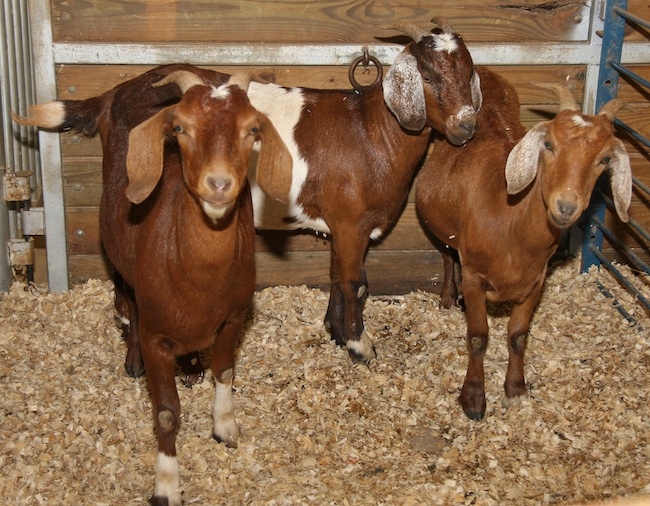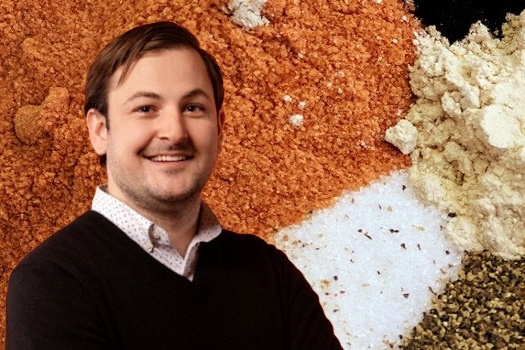As America’s population continues to change and become more diverse, so does the variety of food sold in grocery stores, cooked in homes and served in restaurants. The popularity of one of these relatively new food choices, goat meat, is on the rise as more people from Asia, Africa, India and the Middle East begin to call the United States home.
Goat meat is the most widely consumed red meat in the world, feeding about 75 percent of the population, said Anand Mohan, a meat scientist with the University of Georgia College of Agricultural and Environmental Sciences, whose work focuses on the quality and safety of meat.
Training goat farmers
UGA food scientists are working with researchers from Fort Valley State University to help Georgia’s meat goat farmers and processors prepare for this rising demand. Georgia agricultural scientists are teaching farmers through workshops held across the state. The most recent Hazard Analysis and Critical Control Points (HACCP) course was taught in June in Fort Valley and attracted 23 small animal meat processors.
Mohan calls goat meat an “LFLC” (low-fat and low-calorie) food because it is “more than 50 percent lower in fat than American beef and has about 40 percent less saturated fat than chicken.”
The UGA food scientist’s goal is to make Americans aware of goat meat as a “delicious option for dinner,” he said.
Most Americans’ first experience with goat meat has likely been a curried goat dish served at an Indian or Jamaican restaurant, said David Martin, who co-owns Gotcha Goat with his wife, Frances, and his Morehouse College roommates, Bruce Dobbs and Roger Bruce.
Not just for stews
“We want to expand people’s ideas about goats and get them to try it in other formats, like a burger or ground in spaghetti, lasagna, tacos, or goat jerky or summer sausage,” said Martin. “We need to promote goat, cooked the American way. When making beef stew, substitute goat. You’ll need to cook it a little longer to make it tender, but it’s very flavorful.”
Gotcha Goat purchases goats from Georgia farmers—Fort Valley State University processes the meat, and Martin sells it as goat chunks in Kroger stores. “We want to support local farmers and develop economic growth in the U.S.,” said Martin, who has approached other retailers and restaurants about selling and serving goat meat. “Publix, and other national brand grocery stores, sell goat meat imported from Australia and New Zealand. We need to get these stores to support the American goat farmer to help grow the economy, and we need consumers to demand these stores provide locally grown goat meat.”
Americans welcomed grass-fed beef to their tables, and Martin feels they will do the same with grass-fed goat. In 2008, Martin considered launching smoked sausage made from goat meat, but “the cost of the inferior, imported meat from Australia and New Zealand would have made it hard for his company to compete,” he said.
Georgia Grown goat
“Now, everyone pays more attention to how meat is raised and where it’s raised,” Martin said. “Our products carry the ‘Georgia Grown’ label and our meat is grass-fed.”
The goat meat industry is on the rise in the U.S., but 90 percent of America’s supply still comes from Australia and New Zealand. “[Imported goat meat] comes from feral animals that roam wild in the countryside and mountains of those countries, and are unscreened for parasites and diseases,” Martin said. “The meat is of an inferior quality compared to goats raised on farms in the United States. And goat meat from Australia can be frozen for up to two years before it’s imported.”
Back at UGA, Mohan focuses on promoting pit-barbecued or marinated goat meat served in a number of dishes. “Goat meat is affordable, more lean and can be produced easily on small, sustainable farms,” he said.
For more on meat goat production in Georgia, see UGA Extension publication bulletin 1168.









